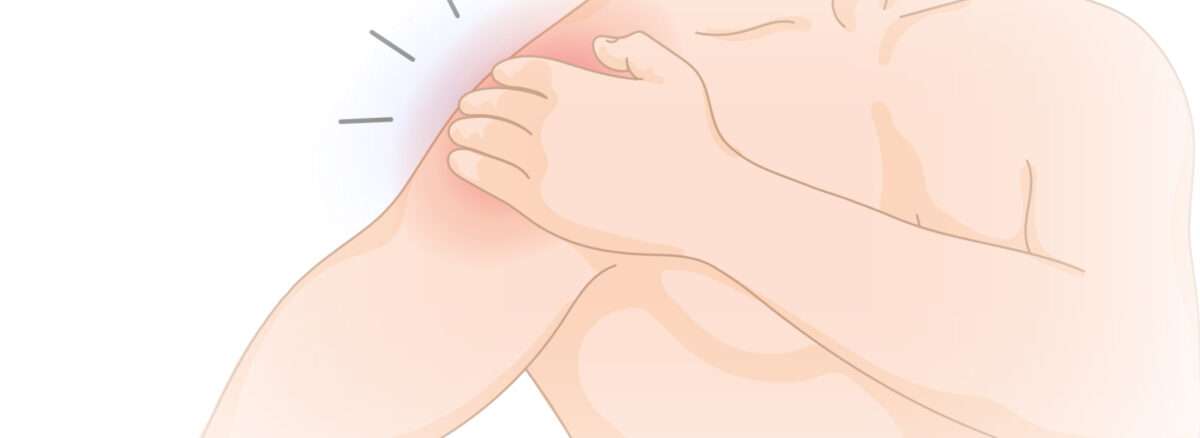Cracking sounds in the shoulder joint
Decoding Joint Sounds
Noises emanating from the shoulder joints, such as popping, cracking, or clicking, often evoke concern due to their audible nature. It is imperative to explore the origins of these sounds and discern their potential implications on joint health.
1: Nature of Joint Noises
Frequently, the presence of these auditory phenomena does not necessarily signify an underlying pathological condition. Contrary to initial apprehension, such sounds may persist over extended periods without manifesting any substantive issues within the joint structures.
2: Noises without Pain – Soft Tissue Dynamics
In instances where joint cracks or clicks are devoid of accompanying pain, it is plausible to attribute them to the normal movement of soft tissues within the joint. This physiological occurrence is generally considered within the realms of normal joint function.
3: Noises with Pain – Indicators of Joint Surface Damage
Conversely, joint noises coupled with pain may signal potential damage to the joint surfaces. Such cracks and clicks might be linked to labral tears, where the labrum, torn and snapping over adjacent structures during arm movement, becomes a likely culprit.
4: SLAP Lesions and Labral Tears
Should the labral tear occur at the upper part of the shoulder, it is specifically termed a Superior Labrum Anterior-Posterior (SLAP) lesion. Understanding the association between labral tears and joint sounds helps in identifying and categorizing these phenomena accurately.
5: Shoulder Instability – Subclinical Insights
In certain cases, audible clicking may be attributed to subclinical shoulder instability, wherein the joint experiences subtle slipping in and out. Recognizing these instances is crucial for a comprehensive understanding of shoulder dynamics.
6: Diagnostic Modalities – MR Arthrogram and Clinical Examination
For precise diagnosis, employing diagnostic tools such as an MR Arthrogram, with an accuracy ranging from 80 to 90 percent, proves beneficial. However, a thorough clinical examination conducted by an experienced clinician remains paramount, utilizing scans as adjuncts when necessary.
7: Treatment Approaches
Addressing painful clicking and clunking necessitates tailored interventions based on the diagnosis. Keyhole surgery emerges as the optimal treatment for confirmed labral tears, while physiotherapy assumes a pivotal role in cases where no labral tear is evident, focusing on muscle retraining to enhance shoulder control.


